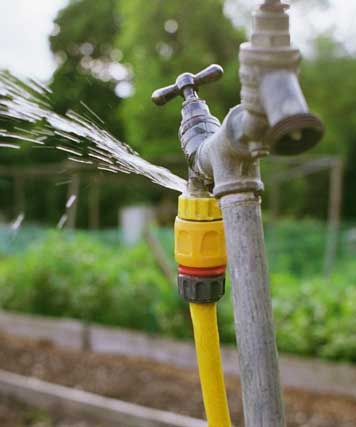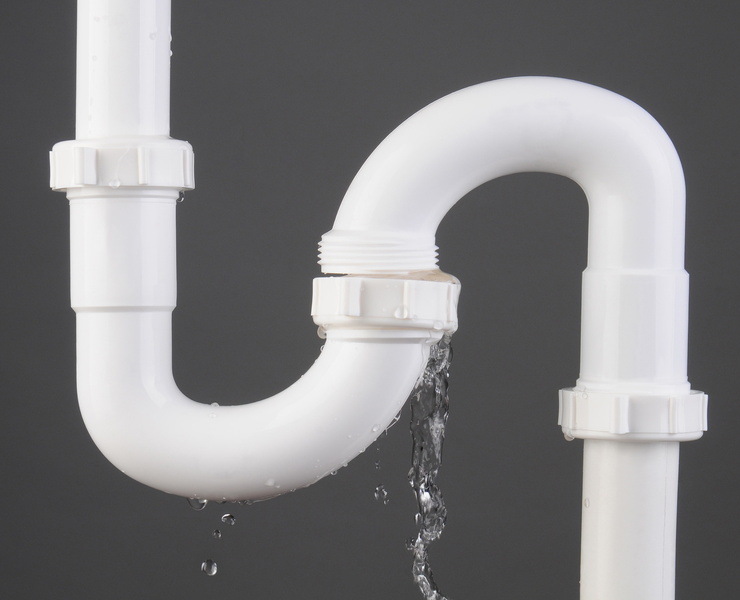How do you actually feel when it comes to Finding hidden leaks?

Early discovery of dripping water lines can alleviate a potential calamity. Some little water leakages might not be visible.
1. Examine the Water Meter
Every home has a water meter. Inspecting it is a surefire way that assists you find leakages. For beginners, turn off all the water sources. Ensure no one will certainly flush, utilize the faucet, shower, run the washing maker or dishwasher. From there, go to the meter and also watch if it will alter. Because no one is using it, there must be no movements. If it relocates, that suggests a fast-moving leak. Also, if you detect no changes, wait a hr or two and also check back once again. This suggests you might have a slow-moving leak that can also be underground.
2. Check Water Usage
If you identify abrupt changes, despite your intake being the very same, it implies that you have leaks in your plumbing system. A sudden spike in your bill suggests a fast-moving leak.
On the other hand, a consistent increase each month, despite having the same behaviors, shows you have a slow-moving leak that's additionally gradually intensifying. Call a plumber to extensively examine your home, particularly if you really feel a warm location on your flooring with piping underneath.
3. Do a Food Coloring Test
When it pertains to water usage, 30% originates from bathrooms. Examination to see if they are running properly. Drop specks of food shade in the storage tank as well as wait 10 minutes. There's a leakage in between the tank and dish if the color somehow infiltrates your bowl throughout that time without flushing.
4. Asses Exterior Lines
Do not forget to inspect your outdoor water lines too. Must water permeate out of the link, you have a loosened rubber gasket. One small leak can lose bunches of water as well as spike your water expense.
5. Examine the scenario as well as check
Homeowners must make it a routine to inspect under the sink counters as well as even inside cabinets for any type of bad odor or mold and mildew development. These two warnings suggest a leak so punctual attention is needed. Doing routine assessments, also bi-annually, can save you from a major issue.
If you recognize your house is already old, keep a careful eye on your heating systems, hoses, pipes etc. Look for stainings and also damaging as most appliances and also pipelines have a life expectancy. They will certainly also normally deteriorate due to deterioration. Do not wait for it to escalate if you think dripping water lines in your plumbing system. Call a professional plumber as soon as possible so you do not wind up with a horrible mess in your house.
Early discovery of leaking water lines can mitigate a possible calamity. Some little water leaks may not be noticeable. Inspecting it is a surefire means that assists you discover leaks. One little leak can waste bunches of water and also spike your water costs.
If you think leaking water lines in your plumbing system, do not wait for it to rise.
WARNING SIGNS OF WATER LEAKAGE BEHIND THE WALL
PERSISTENT MUSTY ODORS
As water slowly drips from a leaky pipe inside the wall, flooring and sheetrock stay damp and develop an odor similar to wet cardboard. It generates a musty smell that can help you find hidden leaks.
MOLD IN UNUSUAL AREAS
Mold usually grows in wet areas like kitchens, baths and laundry rooms. If you spot the stuff on walls or baseboards in other rooms of the house, it’s a good indicator of undetected water leaks.
STAINS THAT GROW
When mold thrives around a leaky pipe, it sometimes takes hold on the inside surface of the affected wall. A growing stain on otherwise clean sheetrock is often your sign of a hidden plumbing problem.
PEELING OR BUBBLING WALLPAPER / PAINT
This clue is easy to miss in rooms that don’t get much use. When you see wallpaper separating along seams or paint bubbling or flaking off the wall, blame sheetrock that stays wet because of an undetected leak.
BUCKLED CEILINGS AND STAINED FLOORS
If ceilings or floors in bathrooms, kitchens or laundry areas develop structural problems, don’t rule out constant damp inside the walls. Wet sheetrock can affect adjacent framing, flooring and ceilings.
https://www.servicemasterbyzaba.com/blog/how-to-detect-water-leakage-in-walls/

We had been made aware of that editorial on Top leak detection hacks from an acquaintance on our other blog. Do you know about somebody else who is occupied with the niche? Do not hesitate to share it. I praise you for your time. Kindly check up our blog back soon.